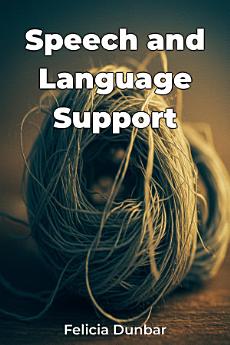Speech and Language Support
About this ebook
The book uniquely emphasizes adapting communication strategies to suit individual student needs within inclusive classrooms. It draws upon case studies, clinical trials, and meta-analyses to demonstrate the effectiveness of different interventions. The approach is multi-faceted, incorporating insights from neuroscience, education theory, and psychology to enhance the understanding of these neurodevelopmental disorders. For example, it delves into the debate between phonics-based and whole-language approaches, providing a balanced perspective.
The book begins by defining language-based learning disabilities and then transitions into an exploration of speech and language therapy techniques. It progresses to specific communication strategies for educators and parents, culminating in the importance of collaboration among therapists, educators, and families. The ultimate goal is to equip professionals with concrete guidance and reliable information to foster student success in both therapeutic and educational contexts.








